Pixel city.
![]() A computer generated city by Shamus Young.
A computer generated city by Shamus Young.
The process is ” procedurally-generated ” programming meaning the 3-D city is generated dynamically each time the program runs.
A very detailed explanation by the author.
[via flowing data]
![]() A computer generated city by Shamus Young.
A computer generated city by Shamus Young.
The process is ” procedurally-generated ” programming meaning the 3-D city is generated dynamically each time the program runs.
A very detailed explanation by the author.
[via flowing data]
 This is a robot. A metro transport for two passengers with ordinary hand-held baggage or one with luggage.
This is a robot. A metro transport for two passengers with ordinary hand-held baggage or one with luggage.

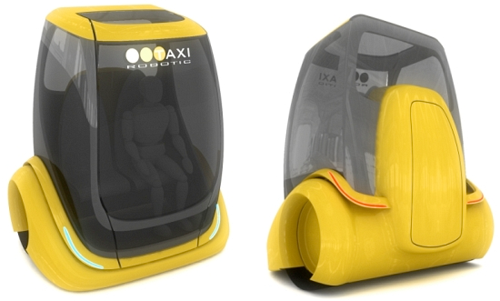

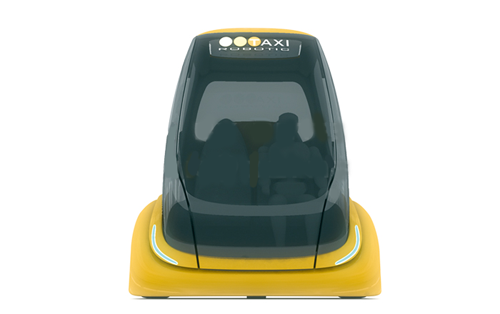
The taxi is composed of two main parts – an undercarriage and a cabin. The car is driven by two electric motors which are integrated into the rear wheels. There’s optical sensors around all the undercarriage to get maximum view for driving, navigation and control. While the concept looks futuristic, industrial designer Kubik Petr believes it’s going to happen sooner than we think with the modern technology at hand.
Designer: Kubik Petr
via ecofriend
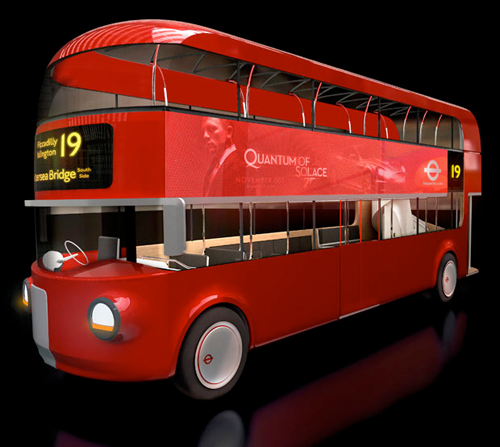
The double-decker is back. Scrapped by Ken Livingston in 2005 – he also ordered articulated ( locals call it a “bendy” ) buses in 2002 but it seems no Londoner likes them.
above: co-winner foster/ aston martin design
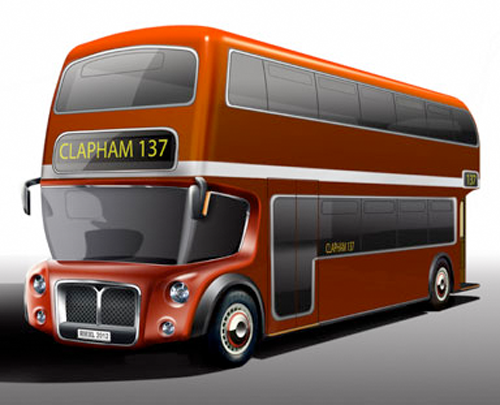
above: co-winner capoco design ( the bulgemaster )
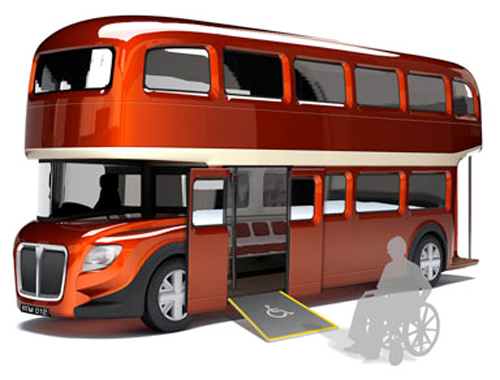
above: héctor serrano, miñarro garcía andjavier esteban’s otherwise sensible runner-up has Union Jack hubcaps
Boris Johnson’s competition to design an heir to the Routemaster, the double-decker, has yielded two winners, and an eccentric convoy of runners-up. Our favorite is the Foster design but the article implies that the Capoco may have been selected by the bureaucrats before the competition.
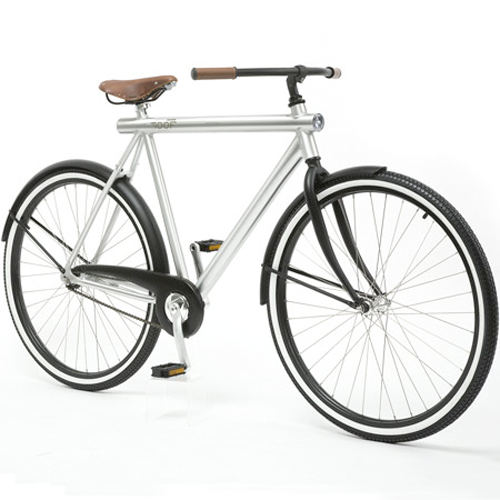
New York design brand Areaware have launched Moof, an aluminium bicycle by Dutch designer Sjoerd Smit that features built-in solar-powered lights.
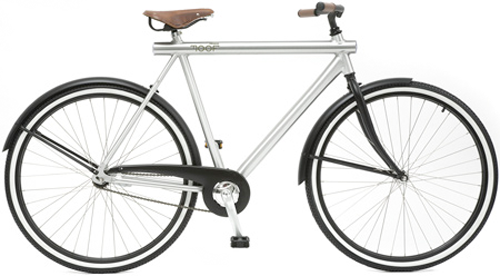
Designed in Amsterdam, MOOF’s unique aluminum construction houses two solar powered lamps – one to light the way and the other to make you visible from behind.
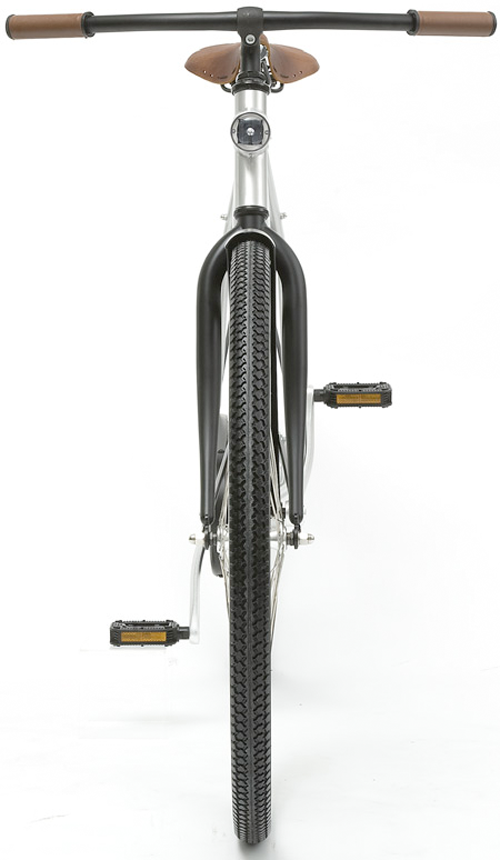
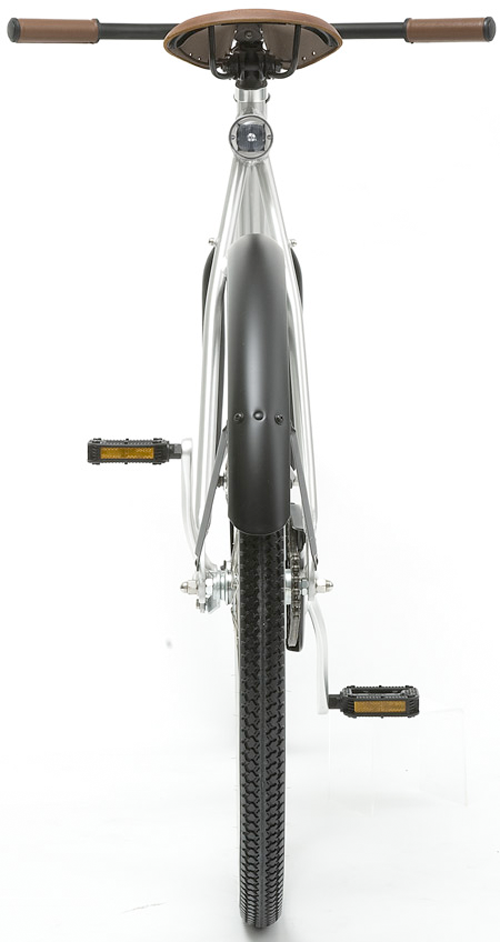
This single speed sleek and smooth urban cruiser is both smart and conscientious.
Bike Weight: 28.5 lbs (13 kg)
Frame: 6061 Series Powder-Coated Rustproof Aluminum
Drive Train: Chain Drive
Wheels: Alloy 28″ (71 cm)
Tires: Kenda Cosmos
Lights: Solar powered LED
Brakes: Rear Coaster
Saddle: Adjustable springless leather saddle
Grip: Semi-leather
Weight Limit: 264 lbs (120 kg)
Height Limit: 5’10″ – 6’6″ (179cm – 200cm)
Available for pre-order. Approximate ship date: April 2009
Designer: Sjoerd Smit
Producer: areaware
Retailer: areaware
via dezeen
 Los Angeles, CA USA. January 31 – March 29, 2009.
Los Angeles, CA USA. January 31 – March 29, 2009.
Founded by Yoshiharu Tsukamoto and Momoyo Kaijima in 1992, Tokyo-based architecture studio Atelier Bow-Wow explores the use and function of space within urban environments. Bow-Wow developed the term “pet architecture”–a style of small, ad hoc, multifunctional structures that make the most of limited space.
Designer: Atelier Bow-Wow
Description:
A comfortable pedal powered bicycle with weather protection.
Emphasis is made on automotive qualities in the design, to attract non-previous cyclists used to cars and motorcycles.
Another selling point to attract more people riding a bike (particularly here in Europe) is weather protection – ThisWay has a roof.
Built in composite materials (carbon or flax fiber) and some hydro-formed aluminum, this vehicle is very lightweight (approximately 11-12kg). It has built-in LED lights front and rear, powered by a rechargeable battery obtaining its power from roof mounted solar cells. For minimum maintenance ThisWay’s built-in belt drive is well protected and all cables are hidden within the frame.
The car-like ergonomics offers a riding position lower than a traditional bike to keep a low center of gravity and optimal aerodynamics.
The design has simple controls for ease of use; single hand brake lever and hub gears type Torpedo Duomatic providing Low and Hi gear.
The rear of the frame has a “luggage connector”, where the user plugs-in his/her luggage (e g briefcase, helmet box or rack for shopping bags). The design also benefits from flexibility and comfort for riders of different sizes, as the crankset and seat is adjustable in length/height.
A “hybrid” version (pedal power/electric motor) is possible and additional battery pack plugged-in into the luggage connector will extend the range further.
Although this design is more expensive to manufacture compared to its traditional rivals, it is still just a fraction of the price of a car and virtually zero in running costs…
Motivation:
There are roofed bikes out there on the market already such as rickshaws, recumbents, HPVs (Human Powered Vehicles)/velomobiles etc., so covered bikes do exist since a long time but the challenge is to design a functional and desirable bicycle that even appeals to non-previous cyclists.
It makes sense for a commuter bike here in Central and Northern Europe to offer some degree of weather protection for improved comfort. Instead of creating a totally enclosed design similar to other HPVs/velomobiles risking the user to feel isolated, a more open design will allow a higher degree of interaction with the surroundings.
Winner Bicycle Design “commuter bike for masses” design competition. See the Bicycle Design list of finalists .
Designer: Torkel Dohmers
WHAT DO YOU THINK OF THIS CONCEPT? — comment below.
All content ©2007 > 2024 DesignApplause